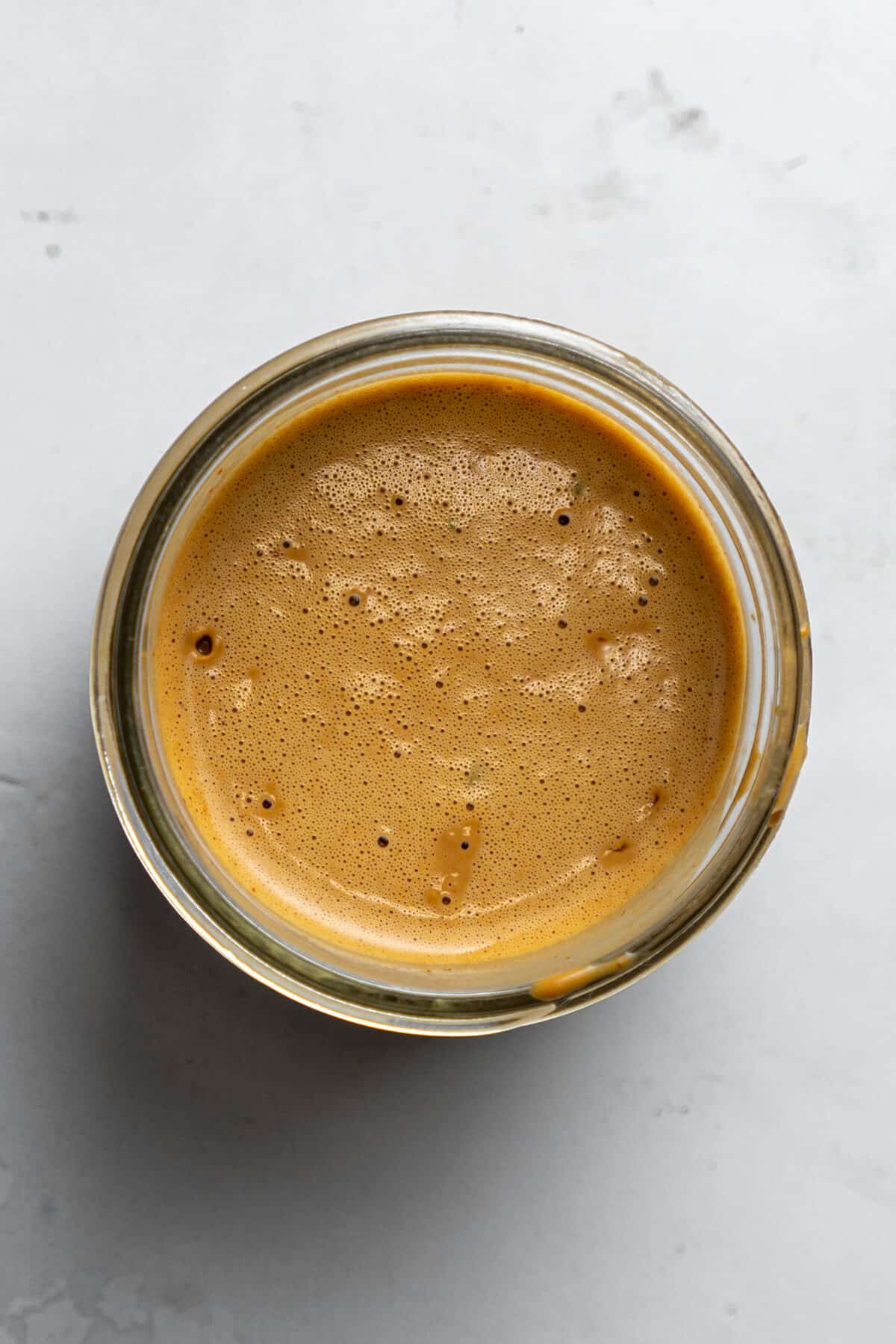Tracking Macros: The Basics
This post may contain affiliate links. If you click and purchase, we may earn a small commission. Read our full disclosure.Hey there, fellow food lovers! As a macro-friendly food blogger and nutrition coach, I’m excited to share some essential tips and insights on tracking macros. You might have heard the term “macros” buzzing around the fitness and health community, but what exactly are they? And why should you track them?
In this blog post, we’ll break down everything you need to know about macros, including what they are, why you should track them, and how to do it effectively. So, whether you’re a total beginner or looking to up your macro game, this guide is for you. Let’s dive in!
custom macros
Let’s calculate your custom macros!
Not sure what your macros should be? Let us help you get started with a custom macro count.Why I track my macros:
- Tracking helps me ensure I am getting enough protein for building muscle.
- It helps me ensure I am getting enough fats to help support my hormone health.
- It serves as a guide to help me through different phases I may be in ie. maintenance, deficit, or bulking.
Tracking macros, what are macros?
“Macros” is short for macronutrients, the three primary nutrients your body needs in large amounts to function properly. These nutrients are:
- Protein: 1 gram of protein has 4 calories
- Carbohydrates: 1 gram of carbohydrates has 4 calories
- Fat: 1 gram of fat has 9 calories
Protein:
Essential for muscle building, tissue repair, and immune function, found in foods like meat, fish, dairy, legumes, and nuts.
These high-protein recipes are great to add to your meal prep rotation:
- Air Fryer Blackened Chicken
- Instant Pot Shredded Beef
- High Protein Pasta Salad
- Teriyaki Beef Bowls
- High Protein Egg Roll In A Bowl
- Mediterranean Chicken Meatballs with Tzatziki

Carbohydrates (carbs):
The body’s primary source of energy, it is found in foods like bread, pasta, fruits, and vegetables.
Check out these pasta dishes:
- Instant Pot Chicken Stroganoff
- Instant Pot Fried Rice
- Creamy Cajun Shrimp Pasta with Sausage
- Instant Pot Chicken Spaghetti

Fats:
Crucial for hormone production, brain function, and absorption of fat-soluble vitamins, found in foods like avocados, olive oil, and nuts. Sauce and dressings are a great way to add fat to any meal.

Each macronutrient plays a unique role in your body’s overall health, and maintaining a balanced intake is key to achieving your wellness goals.
Why Should You Track Your Macros?
Tracking macros has several benefits:
Customized nutrition: By understanding your unique macro needs, you can tailor your diet to support your specific goals, whether it’s weight loss, muscle gain, or improved overall health.
Mindful eating: Macro tracking encourages you to pay more attention to the nutritional value and portion sizes of the foods you consume, leading to better food choices.
Improved energy levels: Balancing your macros ensures that your body has the right fuel to function optimally, which can result in better energy levels throughout the day.
Greater dietary flexibility: Unlike restrictive diets, macro tracking allows you to enjoy a wide variety of foods while still making progress toward your health goals.
How to Track Your Macros: A Step-by-Step Guide
Step 1: Determine Your Daily Calorie Needs
To start tracking your macros, first, calculate your daily calorie needs using a basal metabolic rate (BMR) calculator or a total daily energy expenditure (TDEE) calculator. Your daily calorie needs depend on factors like age, weight, height, gender, and activity level. Once you know your maintenance calorie needs, you can calculate your ideal macro ratios based on your goals, whether it be to maintain, lose fat or bulk. This is where a coach comes into play as they can help you set your macros where you need to for your specific goals.
For one-on-one coaching, here are a few friends that I can personally recommend: Elise from The Skinny On Fitness, is who I work one-on-one with to ensure I stick to my goals and have someone who can help encourage me and keep me accountable along the way. Lexus from Lexus Gordon Coaching, and Karlie from Karlie Rae Macros.
Step 2: Choose a Macro-Tracking App
Use a macro-tracking app like MyFitnessPal, Cronometer or Macros First to log your daily food intake and monitor your macro consumption. These apps provide a database of foods and their nutritional information, making tracking a breeze. My recipes are entered into both MyFitnessPal and Macros First for easy tracking.
Step 3: Measure Your Food & Read Food Labels
To accurately track your macros, invest in a food scale and measuring cups to weigh and measure your food. This ensures you’re logging the correct portion sizes and getting precise macro counts. Read food labels and pay attention to serving sizes and the amount of protein, fats and carbs.
Step 4: Be Consistent and Adjust as Needed
Track your macros consistently. Record everything you consume in your tracking app and measure your progress. Take before photos to compare to, take body measurements and keep a body weight log to see trends. Remember, patience and consistency are key when it comes to achieving your health goals.
Step 5: Don’t Forget About Micronutrients
While tracking macros is essential, don’t forget about the importance of micronutrients (vitamins and minerals). Make sure to include a variety of colorful fruits, vegetables, and whole foods in your diet to ensure you’re getting all the essential nutrients your body needs.
Step 6: HYDRATE!
The goal is to drink half your body weight in water. So if I am 150 pounds, my goal would be to drink 75 oz. of water each day. Water
Step 7: Enjoy the Journey
Embrace the process and enjoy the journey of discovering new macro-friendly recipes and foods. Remember that no one is perfect, and it’s okay to indulge in your favorite foods. The key is to maintain a balanced approach and make healthier choices most of the time.
Let’s recap
- “Macros” is short for macronutrients, the three primary nutrients your body needs in large amounts to function properly. Protein, Carbs and Fats.
- Micronutrients are vitamins and minerals. Make sure to include a variety of colorful fruits, vegetables, and whole foods in your diet to ensure you’re getting all the essential nutrients your body needs.
- Consistency is key!
- Be patient!
Tracking macros can be a game-changer when it comes to improving your overall health and achieving your wellness goals.
By understanding the importance of macronutrients and learning how to track them effectively, you’ll gain greater control over your nutrition and develop a healthier relationship with food.
So, there you have it – the ultimate guide to tracking your macros! Remember, consistency is key, and it’s essential to find a balance that works for you. Stay tuned for more macro-friendly recipes, tips, and inspiration to help you on your journey to a healthier lifestyle.
Happy macro tracking, food lovers!

